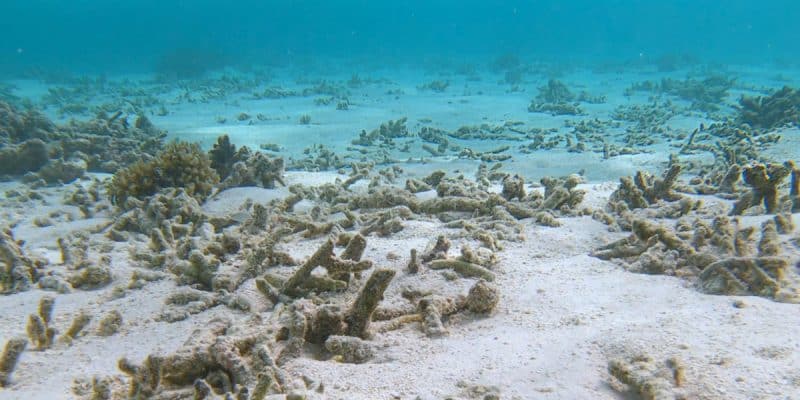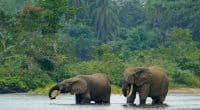Delegates to the Intergovernmental Conference on Marine Biodiversity beyond National Jurisdiction have just adopted an international treaty on the protection of the high seas. The document takes into account the concerns of southern countries regarding the distribution of revenues generated by the exploitation of genetic resources in the high seas.
There are high hopes for marine genetic resources. In the deep sea, ecosystems develop under extreme conditions of light, temperature, pressure and acidity. These ecosystems contain molecules of great interest to the cosmetic and pharmaceutical industries. Before the International Treaty on the Protection of the High Seas, concluded on 4 March 2023 by negotiators from more than 100 UN member countries, access to genetic resources on the high seas was based on the “law of the strongest”, to the detriment of southern countries with limited financial and scientific resources for operations on the high seas.
With the new treaty, the States have agreed on a mechanism that allows the benefits generated by the exploitation of genetic resources in these international waters to be shared, following the principle of North-South equity. Part of the benefits will therefore be redistributed to the international community and the states of the South.
Two decades of negotiations
The issue of deep-sea genetic resources has long been at the heart of international negotiations on the International Treaty on the Protection of the High Seas, as countries in the South did not want to see the potential windfall from the exploitation of these resources slip away. “This is a historic day for conservation and a sign that in a divided world, the protection of nature and people can triumph over geopolitics. We congratulate countries for seeking compromise, putting aside their differences and developing a treaty that will enable us to protect the oceans, build resilience to climate change and safeguard the lives and livelihoods of billions of people,” said Aliou Ba, Greenpeace Africa’s Ocean Campaigner.
Read also-AFRICA: FAD fishing for tuna will be restricted in the Indian Ocean
Talks on the International Treaty on the Protection of the High Seas began in 2004. The text is intended to ensure the conservation and sustainable use of marine biodiversity in international waters. The high seas account for 60% of the ocean’s surface, or almost half the world’s surface. In addition to the crucial biodiversity it harbours, the ocean provides half of the oxygen we breathe, and limits global warming by absorbing CO2. However, barely 1% of the high seas is currently protected, and the ocean is in serious danger from pollution, acidification and overfishing.
The High Seas Treaty is therefore one of the tools for achieving the “30 by 30” goal, which aims to protect at least 30% of the world’s oceans by 2030 by placing them in protected areas. The new treaty will be formally adopted after technical review and translation into the six official UN languages.
Boris Ngounou







